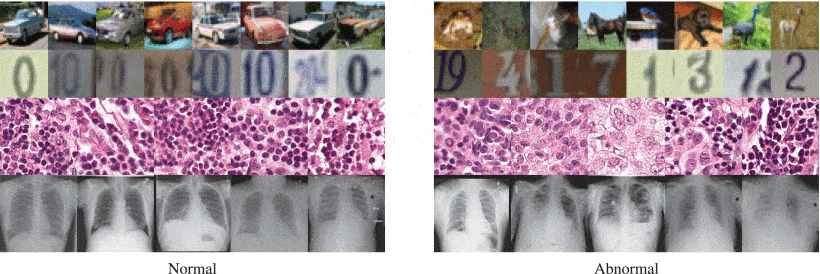Researchers have trained a neural network to analyze medical images and detect anomalies. While this won’t replace human analysts anytime soon, it can help physicians sift through countless scans quicker and look for any signs of problems.

If there’s one thing AI is really good at, it’s spotting patterns. Whether it’s written data, audio, or images, AI can be trained to identify patterns — and one particularly interesting application is using it to identify anomalies in medical images. This has already been tested in some fields of medical imagery with promising results.
However, AI can also be notoriously easy to fool, especially with real-life data. In the new study, researchers in the group of Professor Dmitry Dylov at Skoltech presented a new method through which AI can detect anomalies. The method, they say, is better than existing ones and can detect barely visible anomalies.
“Barely visible abnormalities in chest X-rays or metastases in lymph nodes on the scans of the pathology slides resemble normal images and are very difficult to detect. To address this problem, we introduce a new powerful method of image anomaly detection.”
The proposed approach essentially suggests a new baseline for anomaly detection in medical image analysis tasks. It’s good at detecting anomalies that represent medical abnormalities, as well as problems associated with medical equipment
“An anomaly is anything that does not belong to the dominant class of “normal” data,” Dylov told ZME Science. “If something unusual is present in the field of view of a medical device, the algorithm will spot it. Examples include both imaging artifacts (e.g., dirt on the microscope’s slide) and actual pathological abnormalities in certain areas of the images (e.g., cancerous cells which differ in shape and size from the normal cells). In the clinical setting, there is value in spotting both of these examples.”
The maximum observed improvement compared to conventional AI training was 10%, Dylov says, and excitingly, the method is already mature enough to be deployed into the real world.
“With our algorithm, medical practitioners can immediately sort out artifactual images from normal ones. They will also receive a recommendation that a certain image or a part of an image looks unlike the rest of the images in the dataset. This is especially valuable when big batches of data are to be reviewed manually by the experts,” Dylov explained in an email.
The main application of this approach is to ease the workload of experts analyzing medical images and help them focus on the most important images rather than manually going through the entire dataset. The more this type of approach is improved, the more AI can help doctors make the most of their time and improve the results of medical imaging analysis.
The study was published in the journal IEEE (Institute of Electrical and Electronics Engineers).






